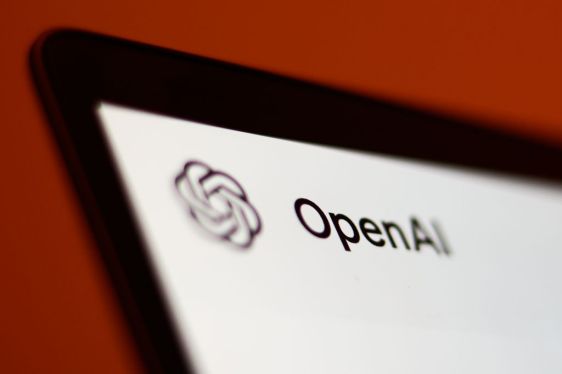AI Agents Get a Boost: OpenAI’s Operator Transitions to Cutting-Edge o3 Model

OpenAI is enhancing its AI capabilities with a significant upgrade to its Operator system. This transition involves the integration of the new o3 model, designed to perform tasks with increased autonomy and efficiency. Operating within a cloud-hosted virtual machine, the Operator can seamlessly browse the internet and utilize various software applications to meet users’ demands. The o3 model, part of OpenAI’s latest series focusing on advanced reasoning, replaces the earlier GPT-4o custom version that powered the Operator. This shift is critical as o3 outperforms its predecessor in crucial areas such as mathematical computations and logical reasoning.
In an official blog statement, OpenAI confirmed, “We are transitioning Operator from the existing GPA-4o framework to the newly developed o3 model.” Customers will still have access to the API version rooted in the previous system, ensuring a smooth transition for ongoing applications.
The release of the o3 Operator is positioned against a backdrop of rapid innovation, as AI companies worldwide are racing to unveil sophisticated agents capable of executing tasks with minimal human oversight. For instance, Google’s Gemini API features a computer-use agent that can undertake online tasks and actions for users, alongside its consumer-focused Mariner initiative, which also browses the web on behalf of users. Additionally, Anthropic has introduced models proficient in performing assorted computing tasks, from file management to internet navigation.
The new o3 Operator was developed with a keen eye on safety, incorporating robust data specifically aimed at ensuring responsible decision-making. This includes providing the model with safety training to clarify what constitutes acceptable and unacceptable actions. Technical reports detail the performance enhancements of the o3 Operator, indicating a marked improvement compared to its predecessor in essential safety evaluations. Notably, the o3 Operator model is less predisposed to decline performing sensitive searches or succumbing to vulnerabilities such as prompt injection attacks.
OpenAI highlighted that the newly upgraded model retains a layered approach to security, mirroring the protocols applied to the previous Operator version. While o3 Operator boasts superior coding abilities, it notably lacks direct access to actual coding environments, thus maintaining safeguards around its operational boundaries.
As AI continues to evolve, tools like the o3 Operator illustrate the accelerating pace of innovation aimed at creating intelligent agents capable of performing complex tasks autonomously, setting the stage for a new era of artificial intelligence in daily applications.
